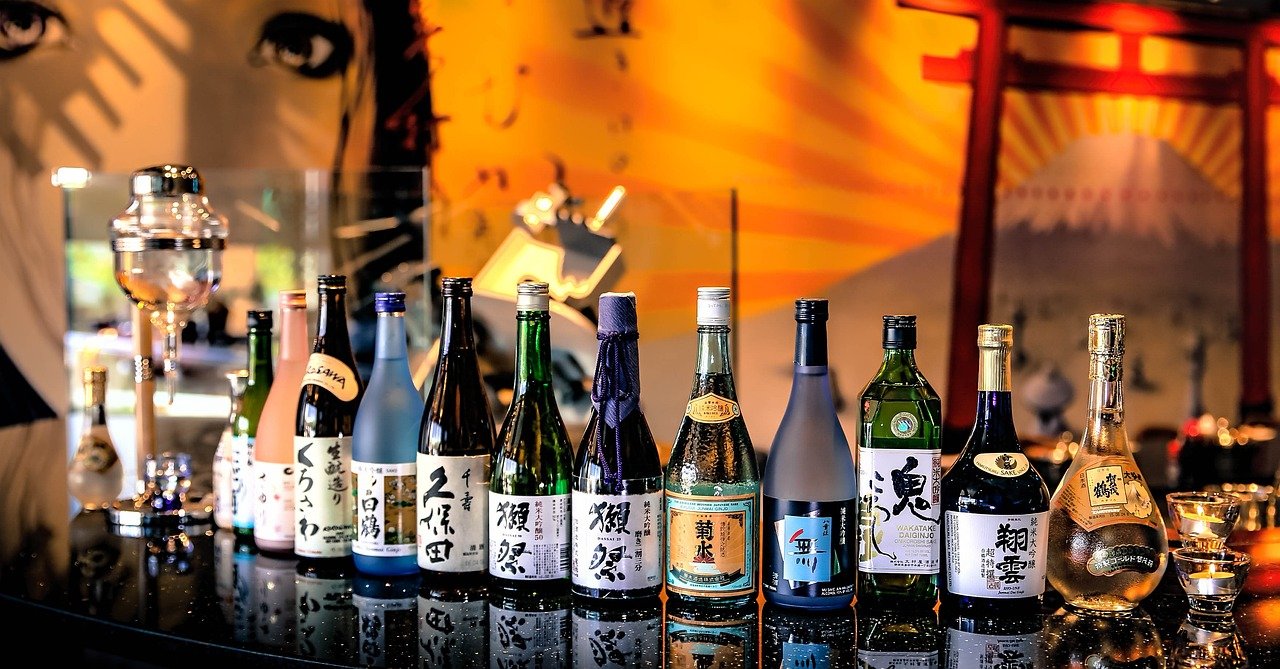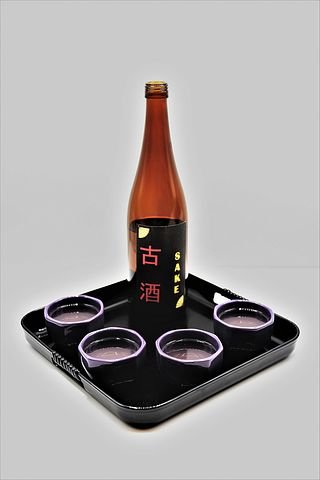
How to Make Sake
Enjoy this fun opportunity to learn how to brew sake. With only 14 sake breweries in the US, sake brewing a very unique skill. Immerse yourself in this fabulous course and make your own sake from brewing to bottling. The course will review different styles of sake, ingredients, tools, and where to find these things. Learn how to steam sake rice, culture koji, ferment rice, filter kasu, and bottle your own sake. We’ll finish with a demonstration on how to properly pour and taste sake.
Objectives
Teach individuals how to brew sake by detailing the entire brewing process with videos, an instructional guide, and a detailed handout
Upon Completion of this course students will know …
How to clean and sanitize for brewing production
How to wash, soak, and steam sake rice
How to pitch koji and yeast
How to filter sake
How to bottle sake
How to monitor sake by measuring pH, sando, amino sando, SMV, alcohol content, etc.
How to taste sake
Outline
1. Brewing Sake
1.1. Learning Objectives
2.Introduction
3.Safety
4.Sanitation
4.1. Chemicals
4.1.1. Chemical Safety
4.2. Water
4.3. Tools
4.4. Food surface conditions
4.5. Container covers
4.6. Protective Clothing
4.7. Cleaning & Sanitizing steps
4.8. Contact time
4.9. Temperature
4.10. Concentration, mixing and application of Chemicals
4.11. Confirming sanitation
5.Water Requirements
5.1. Filtration
5.2. Chlorine and chloramine
5.3. Minerals
5.4. pH
6. Koji
6.1. Types
6.2. Applications
6.3. Propagation
6.3.1. Temperature
6.3.2. Moisture
6.3.3. Timing
6.3.4. Enzyme creation
6.3.5. Flavor
6.3.6. Safety
6.4. Hygiene and Handling
6.5. Avoiding cross contamination
6.6. Fun koji ferments
7.Rice
7.1. Type
7.2. Quality
7.3. Milling
7.4. Washing
7.5. Steaming
7.6. Cooling
7.7. Pitching
8.Yeast
8.1. Types
8.2. Propagation
8.3. Controlled growth
8.4. Alcohol tolerance
9.Brewing (Days 1-4)
9.1. Washing rice
9.2. Soaking rice
9.3. Steaming rice
9.4. Cooling rice
9.5. Water additions
9.5.1. Salts
9.5.2. Lactic Acid
9.5.3. Nutrients
9.5.4. Foam neutralizer
9.6. Koji additions
9.7. Rice additions
9.8. Time/ Temperature specifications
9.9. Mixing
10. Fermentation (Measurements taken on Day 1, 4, 5, and 6)
10.1. Time
10.2. Temperature
10.3. Monitoring & Measurements
10.3.1. pH
10.3.2. Density
10.3.3. SMV
10.3.4. Alcohol
10.3.5. Amino Sando
10.3.6. Sando
10.3.7. Taste
10.3.8. Foam
11. Filtration (Day 5)
11.1. Fining Agents
11.2. Water addition
11.3. Funashibori
11.4. Kasu
11.4.1. Alternative Kasu applications
11.5. Shizukazaki
11.6. Nigori (Unfiltered sake)
12.Bottling (Day 6)
12.1. Cleaning
12.2. Filling
12.3. Capping
12.4. Labeling
13.Tasting (Continuous)
13.1. Sake flavor wheel
13.2. Sake types
